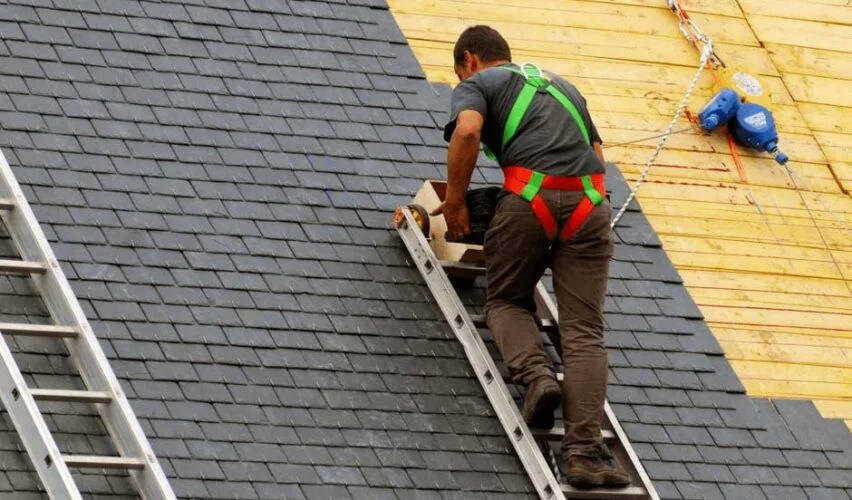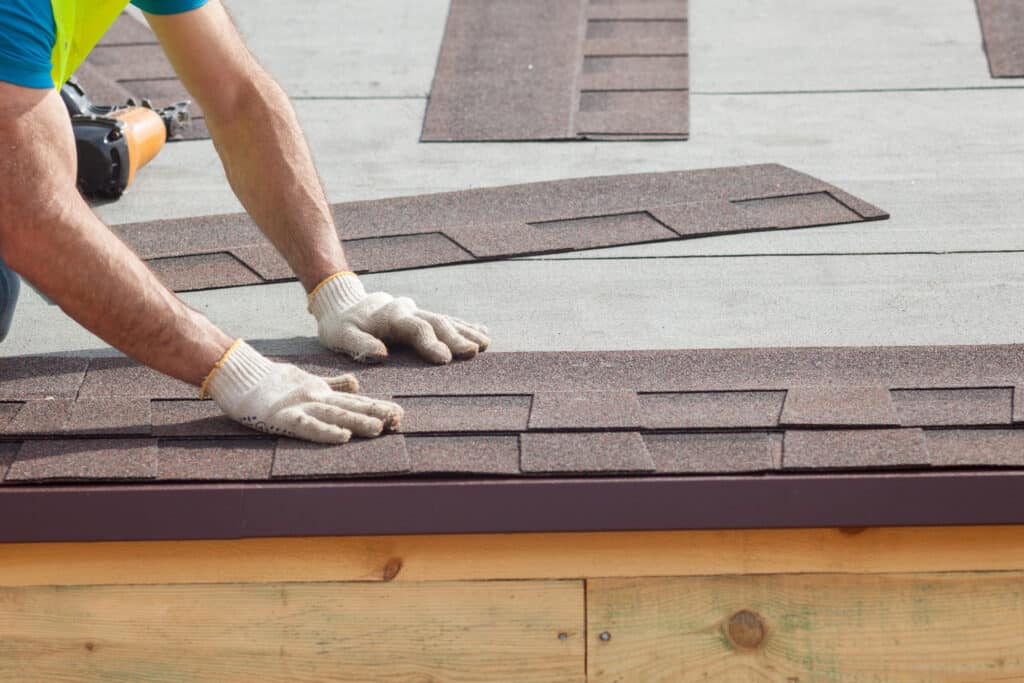When disaster strikes and your roof starts leaking in the middle of a storm, it can feel a lot like your world’s crashing in on you. Emergencies happen when you least expect them, and experienced roofing contractors in Long Island are exactly what you need in times of distress.
In this blog, we’ll explore how roofing contractors handle roof repairs, ensuring your property is safe and secure when the unexpected occurs.
What Qualifies as a Roofing Emergency?
Not every roof issue demands immediate attention, but some situations can’t wait.
- Storm damage
- Fallen debris
- Sudden leaks
- Fire damage
When such issues arise, time is of the essence. A quick response can minimize the damage and save you significant repair costs in the long run.
Also Read: What to Look for When Choosing Roofing Contractor for Installation
How Roofing Contractors Can Help
1. Rapid Response and On-Call Availability
Roofing emergencies often occur during extreme weather or unexpected situations, and timing is critical. Most roofing contractors typically offer 24/7 emergency roofing services to respond immediately.
When you contact a contractor:
- First Contact: They gather information about the situation, such as the type of damage and current weather conditions, to prepare adequately.
- Dispatching a Team: A crew is quickly sent to your location, often arriving within hours to minimize further damage.
2. On-Site Assessment
Upon arrival, roofing contractors conduct an initial inspection to determine the severity of the damage. This assessment focuses on:
- Visible Damage: Checking for missing shingles, holes, or structural issues caused by fallen debris.
- Interior Impact: Evaluating water leaks, sagging ceilings, or signs of mold or rot.
- Immediate Threats: Identifying areas that could worsen if left unattended, such as exposed underlayment or damaged rafters.
3. Temporary Repairs to Prevent Further Damage
Before implementing permanent solutions, contractors perform temporary repairs to mitigate the immediate risks.
These might include:
- Installing Tarps: Large waterproof tarps are placed over damaged areas to block water and debris.
- Securing Loose Components: Shingles, flashing, or gutters that could cause further harm are stabilized.
- Redirecting Water: Temporary drainage solutions are added to minimize pooling or flooding.
4. Detailed Inspection and Damage Documentation
Once the situation is under control, contractors conduct a more thorough inspection to uncover hidden issues. This step is critical for:
- Accurate Repairs: Ensuring all areas of damage, including those not immediately visible, are addressed.
- Insurance Claims: Providing detailed reports, including photos, measurements, and repair estimates, to help you navigate your claim efficiently.
5. Implementing Permanent Solutions
Depending on the extent of the damage, contractors recommend either repairs or a full roof replacement.
Permanent repair processes include:
- Replacing Damaged Materials: Broken or missing shingles, flashing, or tiles are replaced to restore the roof’s integrity.
- Fixing Structural Damage: Rafters, decking, or other internal components are repaired to ensure stability.
- Sealing Leaks: Advanced materials and techniques are used to make the roof watertight again.
6. Post-Repair Quality Check
A professional roofing contractor doesn’t stop at completing the repairs. They conduct a final inspection to:
- Ensure all work meets quality and safety standards.
- Address any lingering concerns, such as minor adjustments or cleanup.
- Provide advice on roof maintenance to prevent future emergencies.
Delta Roofing Long Island: Your Trusted Emergency Repair Partner
When an emergency strikes, you need a roofing contractor you can count on. Delta Roofing Long Island is here to provide fast, reliable, and professional emergency roof repair services tailored to your needs.
If you’re searching for roofing contractors in Long Island who can handle emergencies with skill and care, look no further than Delta Roofing Long Island. Contact us today for prompt and dependable service!





